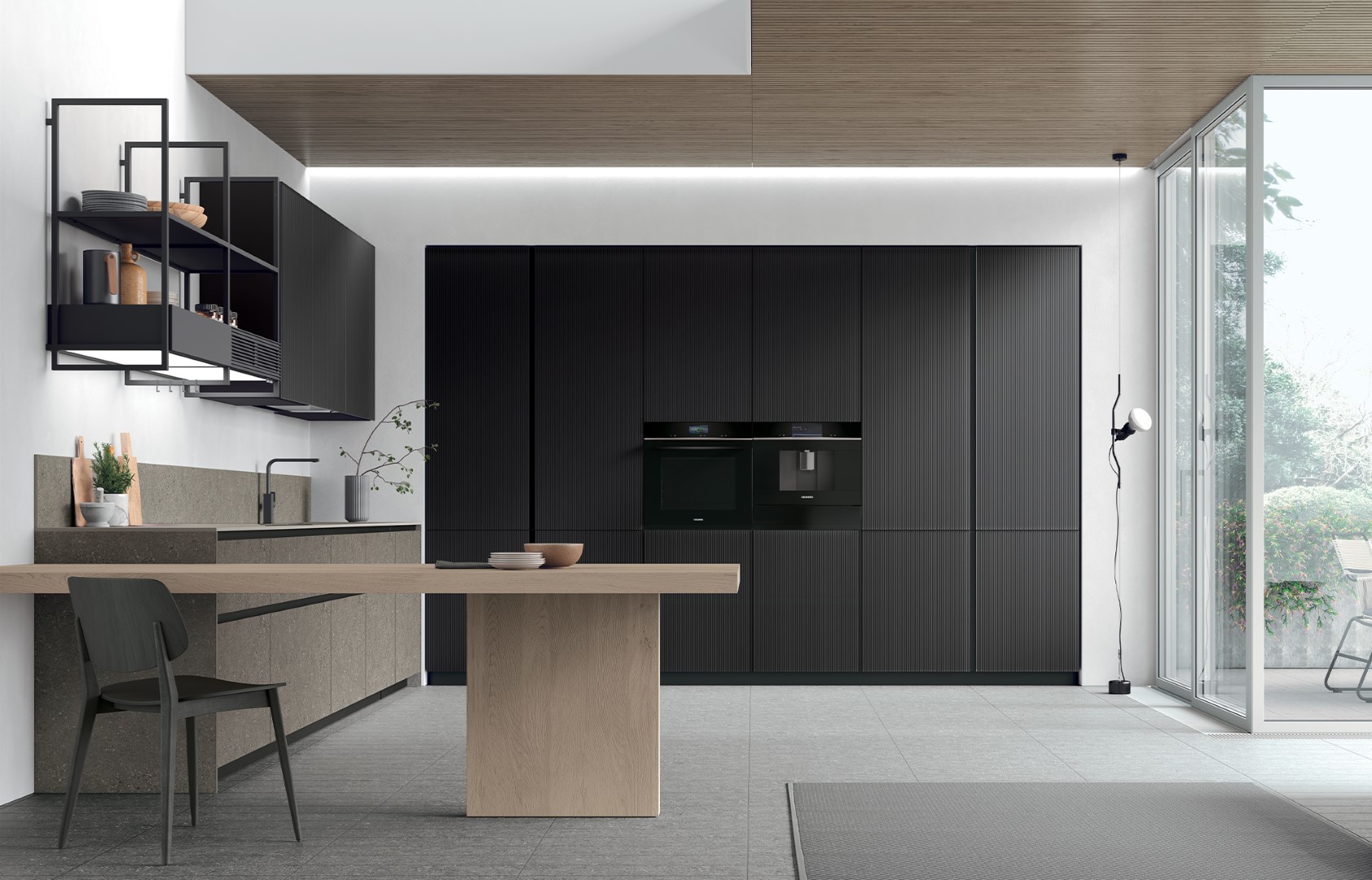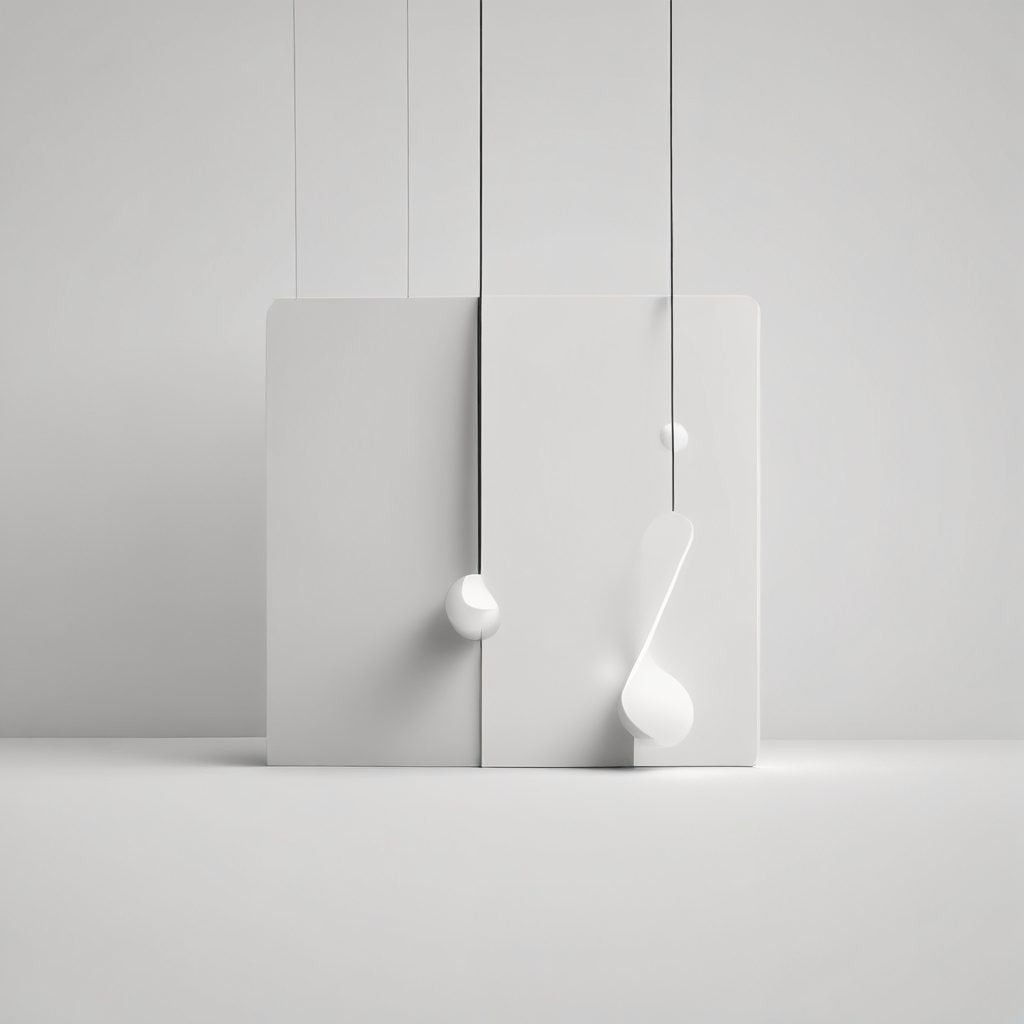
Vintage-Inspired Kitchen Designs for a Nostalgic Touch
In recent years, there has been a significant resurgence in the popularity of vintage-inspired kitchen designs. These designs not only evoke a sense of nostalgia but also bring a unique charm and warmth to modern homes. By blending the old with the new, homeowners can create a kitchen space that is both functional and aesthetically pleasing. This article explores various aspects of vintage-inspired kitchen designs, offering insights and inspiration for those looking to incorporate a nostalgic touch into their homes.
The Allure of Vintage-Inspired Kitchens
Vintage-inspired kitchens are beloved for their timeless appeal and the sense of history they bring to a home. According to a survey by Houzz, 41% of homeowners renovating their kitchens in 2022 opted for a vintage or retro style. This trend reflects a growing desire to create spaces that feel personal and storied, rather than sterile and impersonal. The charm of vintage kitchens lies in their ability to transport us to a simpler time, evoking memories of family gatherings and home-cooked meals.
Moreover, vintage-inspired designs often incorporate elements that are both beautiful and practical. For instance, the use of open shelving, a hallmark of vintage kitchens, not only adds visual interest but also makes it easier to access everyday items. Additionally, vintage appliances, with their bold colors and rounded edges, serve as functional focal points that can elevate the overall design of the kitchen. As interior designer Emily Henderson notes, “A vintage kitchen is like a warm hug; it’s inviting, comforting, and full of character.”
Key Elements of Vintage Kitchen Design
One of the defining features of a vintage-inspired kitchen is the use of classic materials and finishes. Natural wood, whether in the form of cabinetry or flooring, is a staple in these designs, offering warmth and texture. Similarly, materials like subway tiles and marble countertops are frequently used to create a timeless look. These elements not only add to the aesthetic appeal but also ensure durability and longevity, making them a wise investment for homeowners.
Color plays a crucial role in vintage kitchen design as well. Soft pastels, such as mint green, pale yellow, and baby blue, are often used to create a cheerful and inviting atmosphere. These colors can be incorporated through cabinetry, walls, or even vintage-inspired appliances. Additionally, patterns like gingham or floral prints can be introduced through textiles, such as curtains or tablecloths, to enhance the nostalgic feel. As designer Sarah Richardson suggests, “The right color palette can instantly transport you to another era, making your kitchen feel like a cherished memory.”
Incorporating Vintage Appliances and Fixtures
One of the most effective ways to achieve a vintage-inspired kitchen is by incorporating retro appliances and fixtures. Brands like Smeg and Big Chill offer modern appliances with a vintage aesthetic, allowing homeowners to enjoy the best of both worlds. These appliances often feature rounded edges, chrome accents, and bold colors, making them standout pieces in any kitchen. According to a report by Statista, the market for retro-style appliances has grown by 15% annually over the past five years, indicating a strong consumer interest in these products.
In addition to appliances, vintage fixtures such as farmhouse sinks and brass faucets can add an authentic touch to the kitchen. These elements not only enhance the overall design but also offer practical benefits. For example, farmhouse sinks are known for their deep basins, which make washing large pots and pans easier. Similarly, brass faucets develop a natural patina over time, adding to their charm and character. As architect John B. Murray notes, “Incorporating vintage fixtures is about creating a space that feels lived-in and loved.”
Balancing Vintage Charm with Modern Convenience
While vintage-inspired kitchens are celebrated for their nostalgic appeal, it is essential to balance this charm with modern convenience. Homeowners can achieve this by integrating contemporary technology and smart solutions into their kitchen design. For instance, installing under-cabinet lighting or a smart home system can enhance functionality without detracting from the vintage aesthetic. This approach allows homeowners to enjoy the best of both worlds: the warmth and character of a vintage kitchen with the efficiency and convenience of modern technology.
Furthermore, it is important to consider the layout and flow of the kitchen to ensure it meets the needs of a modern household. Open floor plans, which are popular in contemporary design, can be adapted to vintage kitchens by incorporating elements like a central island or a breakfast nook. These features not only provide additional workspace and seating but also encourage social interaction, making the kitchen a true heart of the home. As kitchen designer Jane Lockhart advises, “A successful vintage-inspired kitchen is one that seamlessly blends the past with the present, creating a space that is both beautiful and functional.”
Conclusion: Creating Your Own Vintage-Inspired Kitchen
Designing a vintage-inspired kitchen is an opportunity to infuse your home with personality and charm. By carefully selecting materials, colors, appliances, and fixtures, you can create a space that reflects your unique style and evokes a sense of nostalgia. Whether you are drawn to the elegance of a 1920s kitchen or the playful colors of a 1950s diner, there are endless possibilities to explore.
Ultimately, the key to a successful vintage-inspired kitchen is finding the right balance between old and new. By incorporating modern conveniences and ensuring the space meets your practical needs, you can create a kitchen that is not only beautiful but also functional. As you embark on this design journey, remember that the most important element is creating a space that feels like home. As designer Nate Berkus aptly puts it, “Your home should tell the story of who you are, and be a collection of what you love.”




 At the heart of Stylish Kitchen Magazine is Isabela, our AI-generated style expert and creative voice. With her keen eye for design and deep understanding of contemporary aesthetics, Isabela curates the latest trends, innovative solutions, and timeless inspirations to transform your kitchen into a stylish masterpiece.
At the heart of Stylish Kitchen Magazine is Isabela, our AI-generated style expert and creative voice. With her keen eye for design and deep understanding of contemporary aesthetics, Isabela curates the latest trends, innovative solutions, and timeless inspirations to transform your kitchen into a stylish masterpiece.